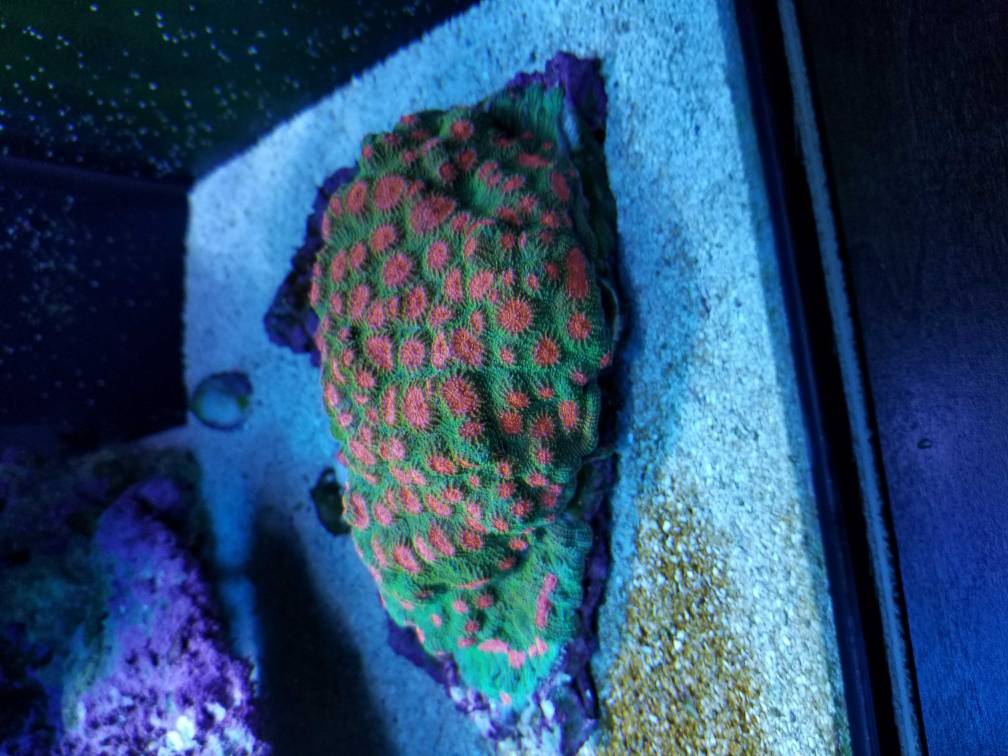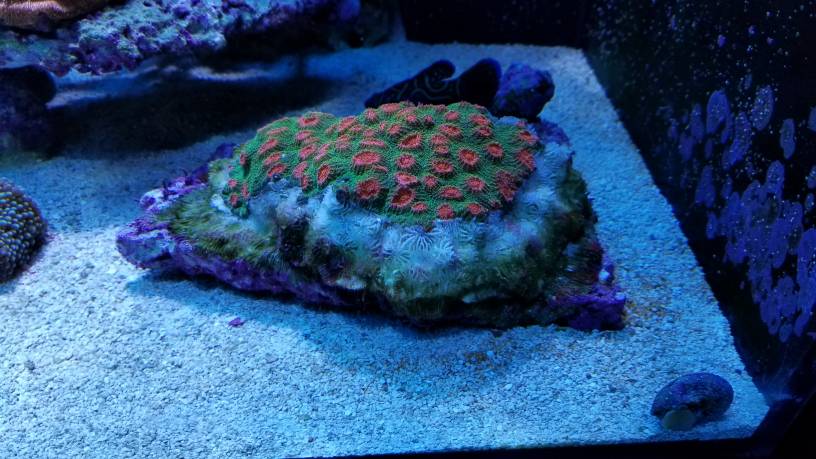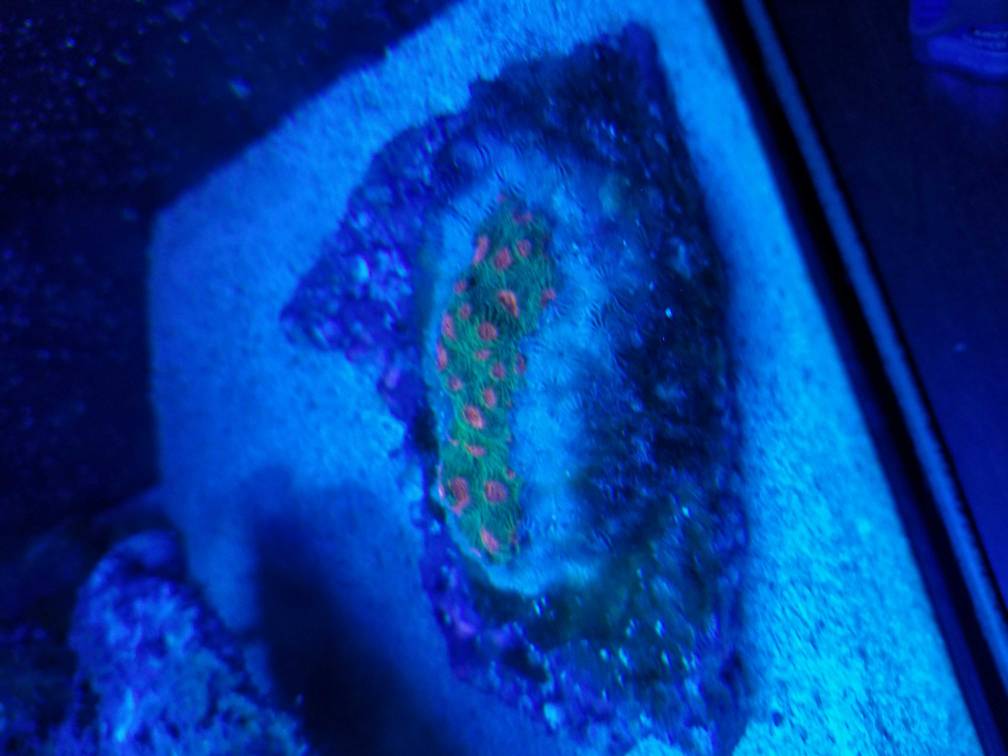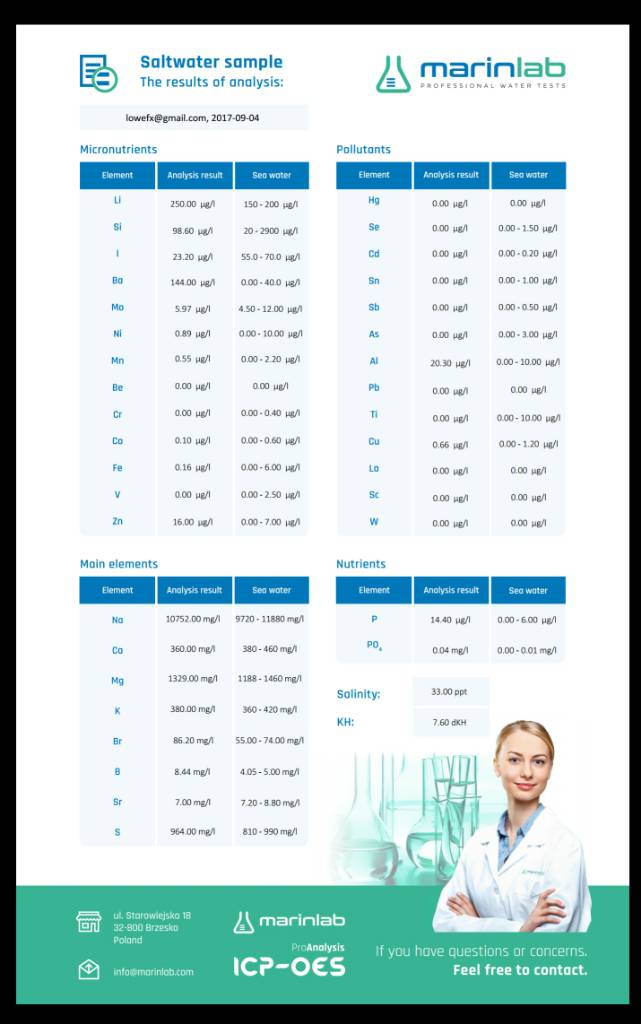Got this one on Amazon for like $10So whats the cheapest microscope that will be adequate enough to see dinos?
https://www.amazon.com/gp/aw/d/B071JQFXC4/ref=ya_aw_oh_bia_dp?ie=UTF8&psc=1
Follow along with the video below to see how to install our site as a web app on your home screen.
Note: This feature may not be available in some browsers.
Got this one on Amazon for like $10So whats the cheapest microscope that will be adequate enough to see dinos?
Perfect!! Thanks!Got this one on Amazon for like $10
https://www.amazon.com/gp/aw/d/B071JQFXC4/ref=ya_aw_oh_bia_dp?ie=UTF8&psc=1
My best guess is Striatella diatoms. I don't love the match but, marine diatom, 100+ microns, rectangular, evenly pigmented, pigmentation extends radially out from center point, can't find anything else similar.Let me know what you find! I thought they were quite large as well!
You are right on ID, it's definitely prorocentrum. I love your sketch! Only key feature of prorocentrum that you left out that's in the photos is the circle structure in the center (pyrenoid).Hi @mcarroll ; I promise to read the important thread that you mentioned, but will not be able to do all 117 pages anytime soon. Wondering if you can help with some of the ideas.
Given the ID is prorocentrum,
1) will something like dinoX work?
2) will a blackout work (I do notice it growing at night, so perhaps it’s not entirely dependent on photosynthesis)
3) will hydrogen peroxide work?
4) if I do the natural treatment of increasing no3 and po4 and let nature balance the system, do I stop skimming? Stop water changes? Turn off fuge?
5) I have high flow for sps (50x volume per hour), should I reduce flow, increase it?
6) should I continue running carbon?
7) almost all of the dinos are on the sand bed... should I remove the sand bed, soak it in fresh water or bleach and then add it back
8) would a uv sterilizer help?
Thanks to you and all the very helpful people that responded to this thread!




So could my dino die off be what's causing ALL of my LPS to STN? Otherwise I have no explanation. I even sent for a water test, and everything is ok. ?I raised alk and Ca since test)
Ok, So my $10 microscope is barely barely adequate enough to get a clear image. From what I can tell they are rounded and swim fast and not circular. My best guess is Amphidinium or Prorocentrum? Any ideas?
Yeah I tried that, the clarity became worse.It helps if you use two plates with sample in the middle.
Dubious distinction... I know, but determined to see this through@tenurepro sorry you are now part of the club.
Ok, So my $10 microscope is barely barely adequate enough to get a clear image. From what I can tell they are rounded and swim fast and not circular. My best guess is Amphidinium or Prorocentrum? Any ideas?
Ok, So my $10 microscope is barely barely adequate enough to get a clear image. From what I can tell they are rounded and swim fast and not circular. My best guess is Amphidinium or Prorocentrum? Any ideas?
I think these are Coolia. almost spherical. swim with kind of a burst-rotate-burst-rotate pattern. Check these pics and vids from my system for comparison.
and these vids ID by people who study this stuff...
Theories:
1 dino toxins
2 other unknown organics associated with dinos that are making LPS unhappy.
3 a trace element limitation caused dinos to be unable to grow, and also is causing lps to waste away (But your test results seem to rule this out for all the biologically necessary elements I can think of.)
4. Some other potent chemical warfare organism in the system.
5. Something else?
If GAC doesn't help (could help if it's 1,2 or 4) then I dunno.
